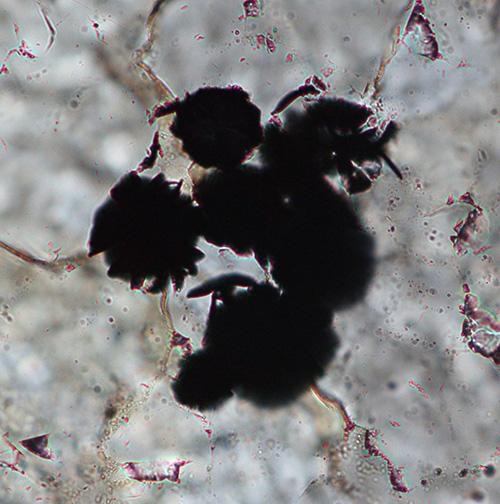Oldest Evidence of Life Found in 3.95-Billion-Year-Old Rocks

The oldest evidence of life on Earth ever discovered may lie within rocks that are 3.95 billion years old, a new study finds.
The new finding represents the earliest sign of life yet on Earth by 200 million years or more, the researchers said.
Evidence of life early in Earth's history remains sparse because few well-preserved rocks have survived from the Eoarchean era, which spanned from about 4 billion to 3.6 billion years ago. During that time, Earth's primitive atmosphere and oceans — as well as the oldest signs of life — first emerged.
Until now, the earliest hints of life in the 4.5-billion-year history of Earth were inside a 3.7-billion-year-old rock from Greenland revealed in 2016. Prior work, from 1996, also claimed to have found signs of life in 3.8-billion-year-old rocks from Greenland's Akilia Island, although those findings remain hotly debated. [In Images: The Oldest Fossils on Earth]
Now, scientists analyzing 3.95-billion-year-old rocks from northern Labrador in northeastern Canada suggest they have found materials generated by microbes. These may represent the oldest evidence of life found yet on Earth, said study senior author Tsuyoshi Komiya, a geologist at the University of Tokyo.
The researchers examined the oldest known metasedimentary rocks, ones made from sediment that got buried underneath subsequent rock and subjected to high pressures and temperatures, causing the sediment to crystallize. The area they collected the rocks from "is very far from any village or town," Komiya told Live Science. "Many polar bears inhabit the area."
The scientists focused on grains of graphite, a material made of sheets of carbon. Previous research suggested that life could result in graphite that is enriched in lighter isotopes of carbon. (Isotopes of an element vary in how many neutrons they possess in their atomic nuclei.)
Sign up for the Live Science daily newsletter now
Get the world’s most fascinating discoveries delivered straight to your inbox.
Based on the carbon isotopes found in the graphite within the Labrador rocks, the researchers suggested it was biological in origin. The way ancient rock encased this graphite suggested that these newfound signs of life did not originate as contamination from later periods in time. "The finding was surprising and exciting," Komiya said.
Future research can analyze the composition of such graphite and accompanying minerals to identify the kinds of early organisms that might have created them as well as the environment in which they lived. This could shed light on the origin and evolution of life on Earth, Komiya said.
The scientists detailed their findings in the Sept. 28 issue of the journal Nature.
Original article on Live Science.











